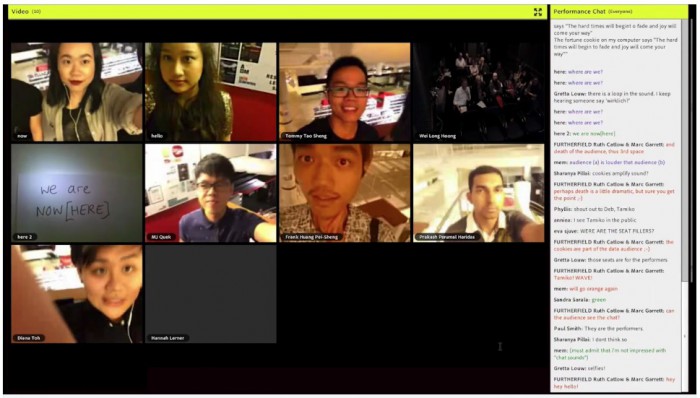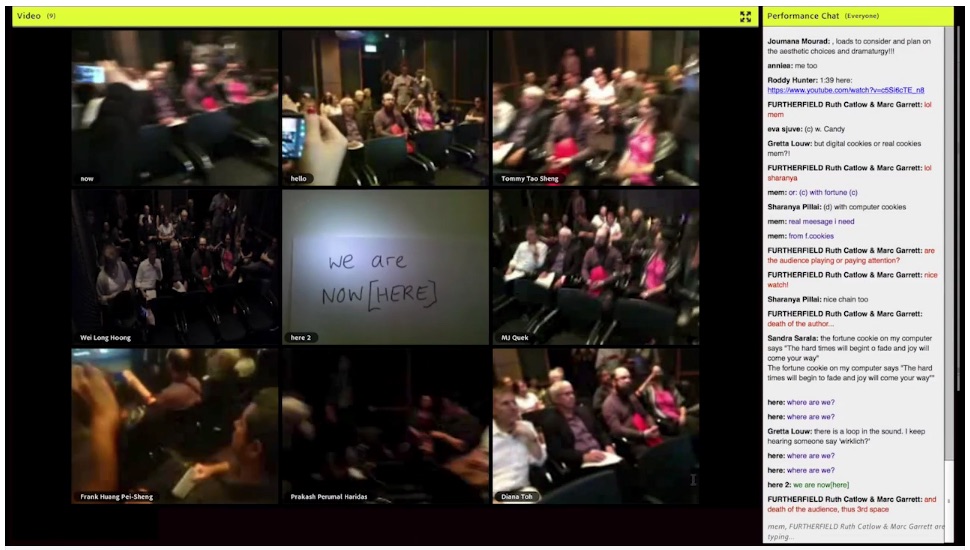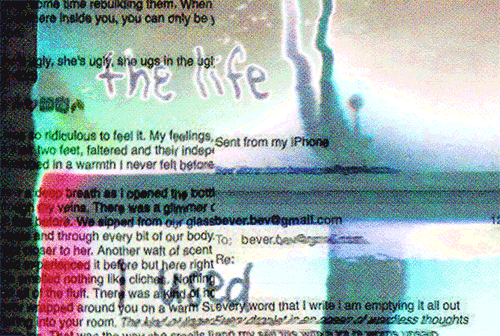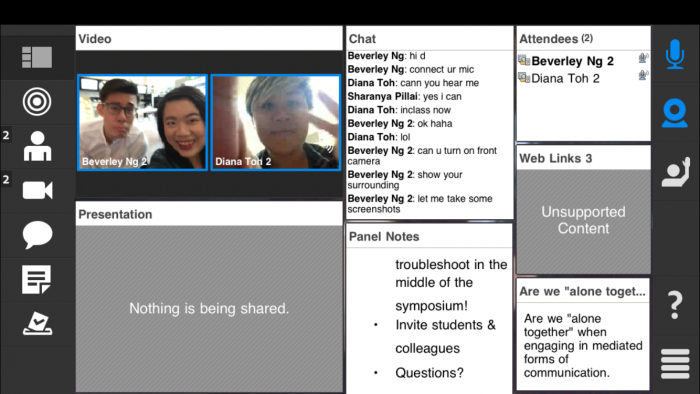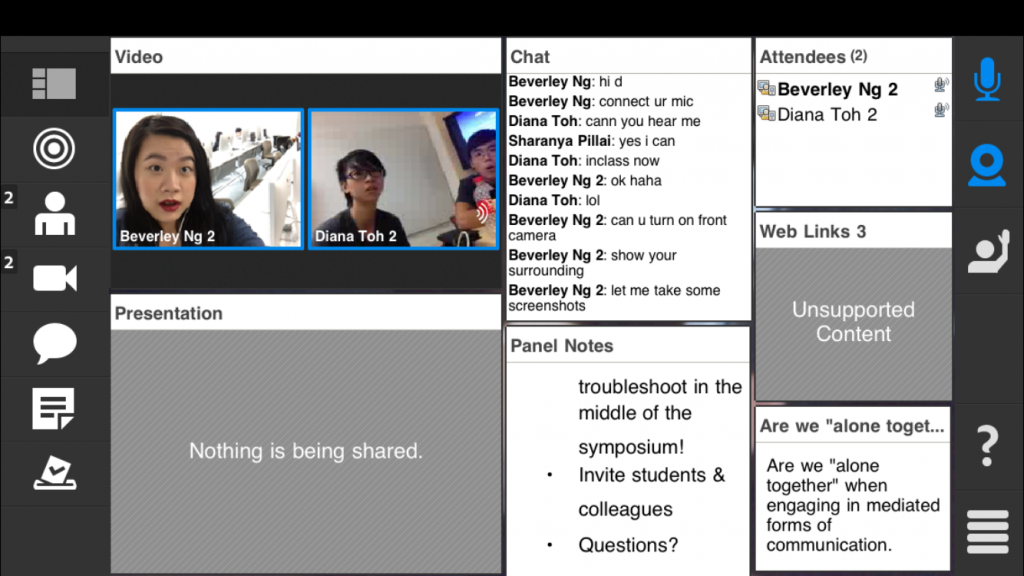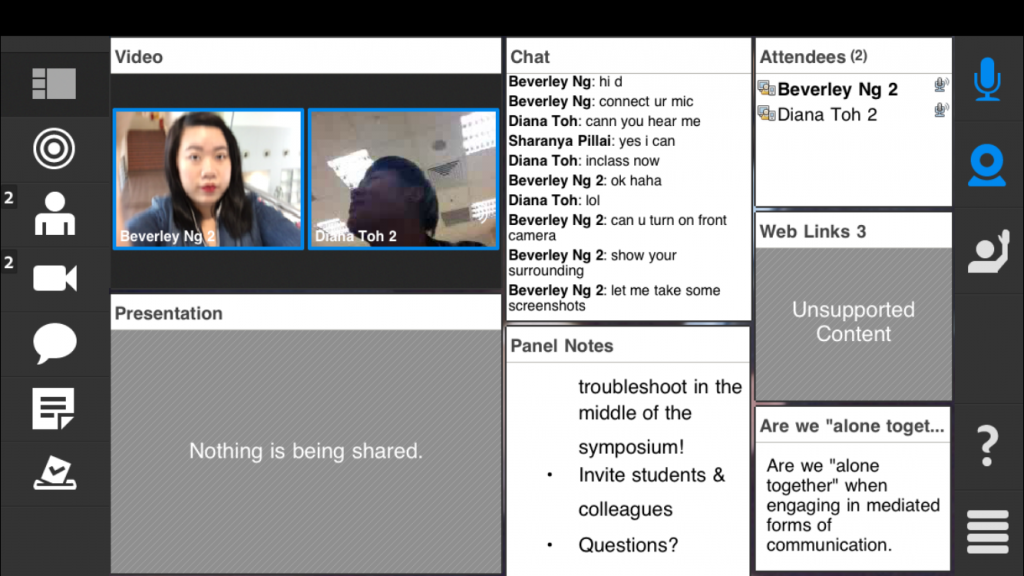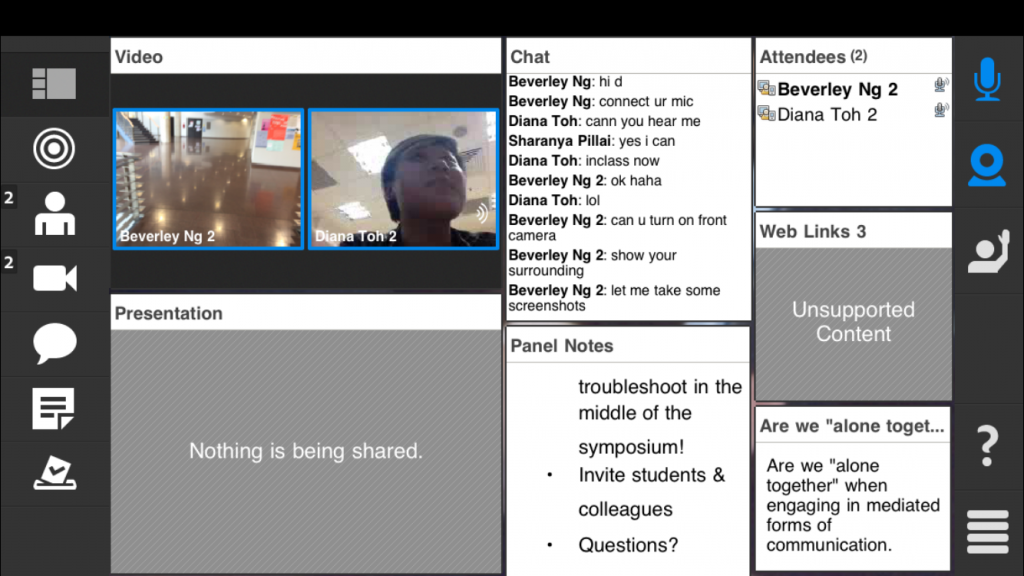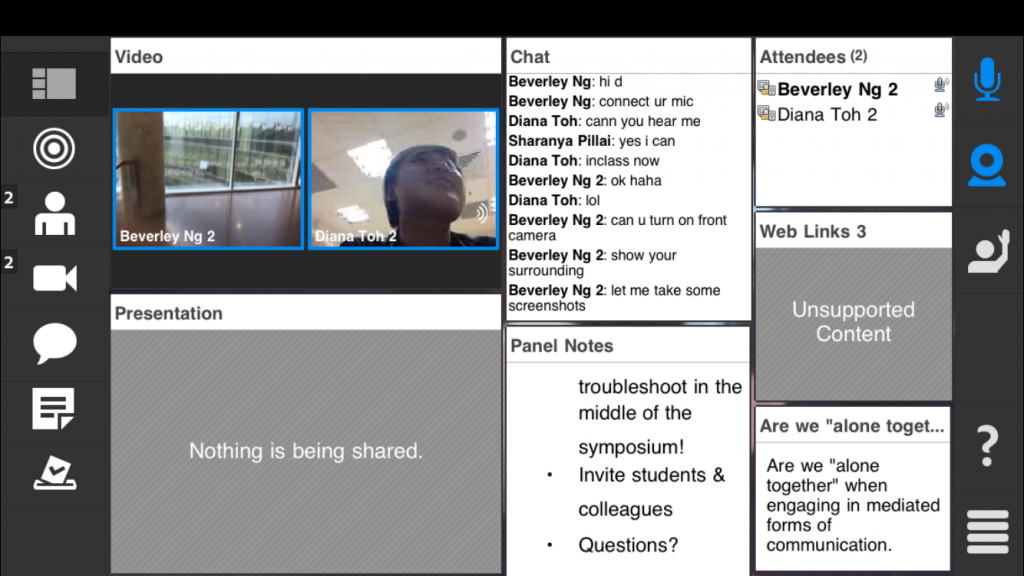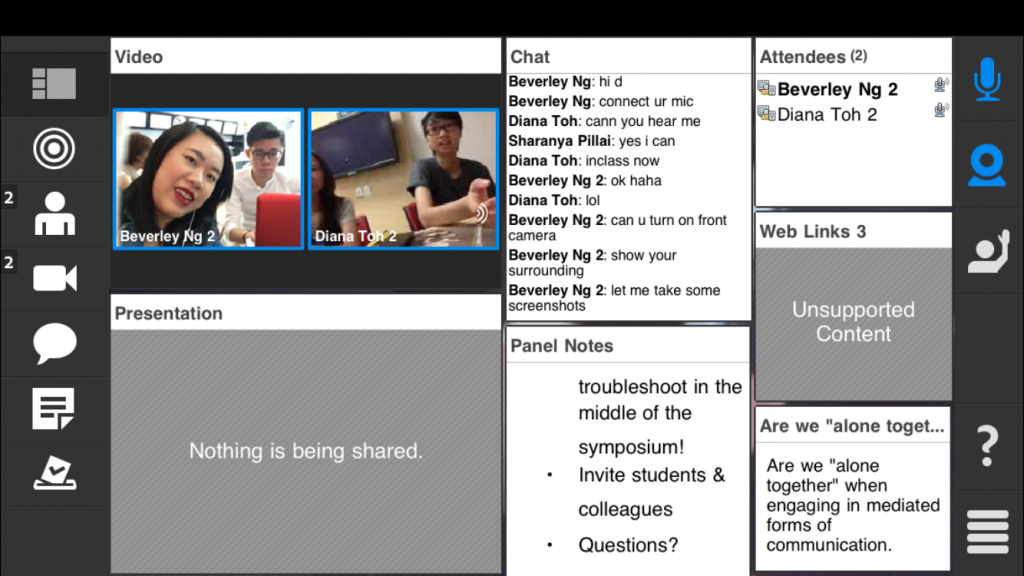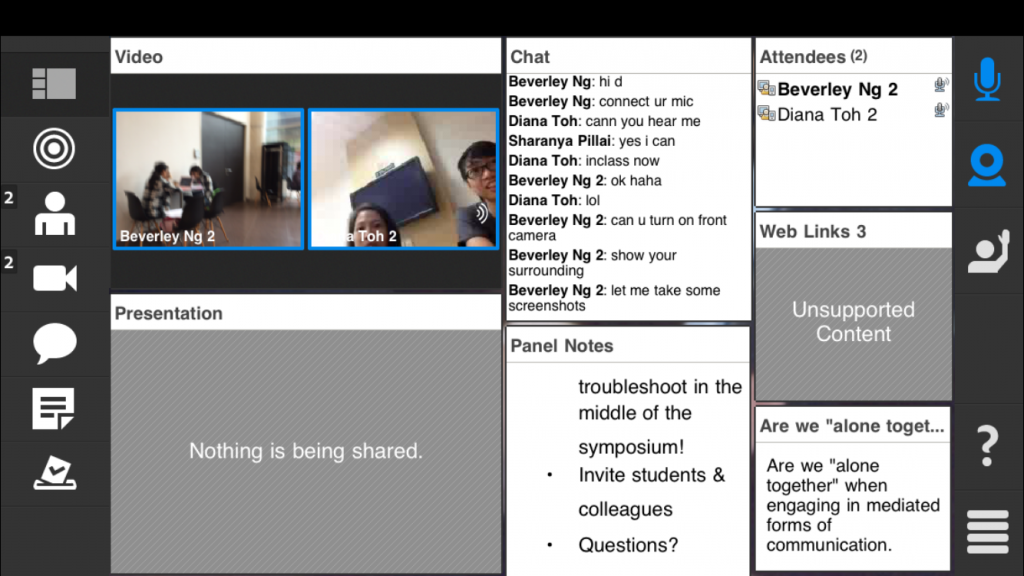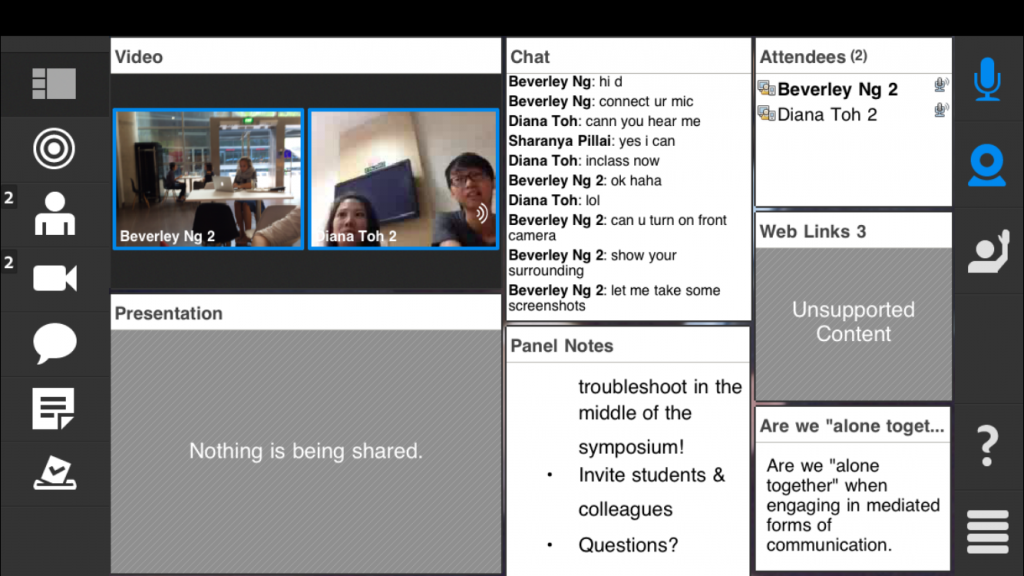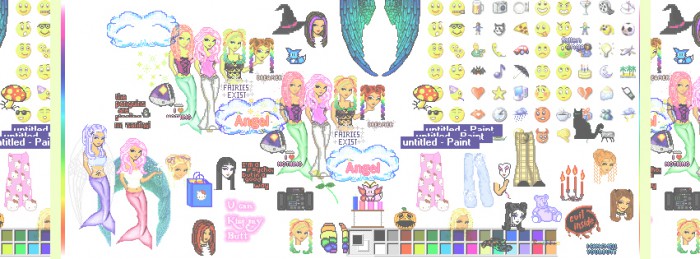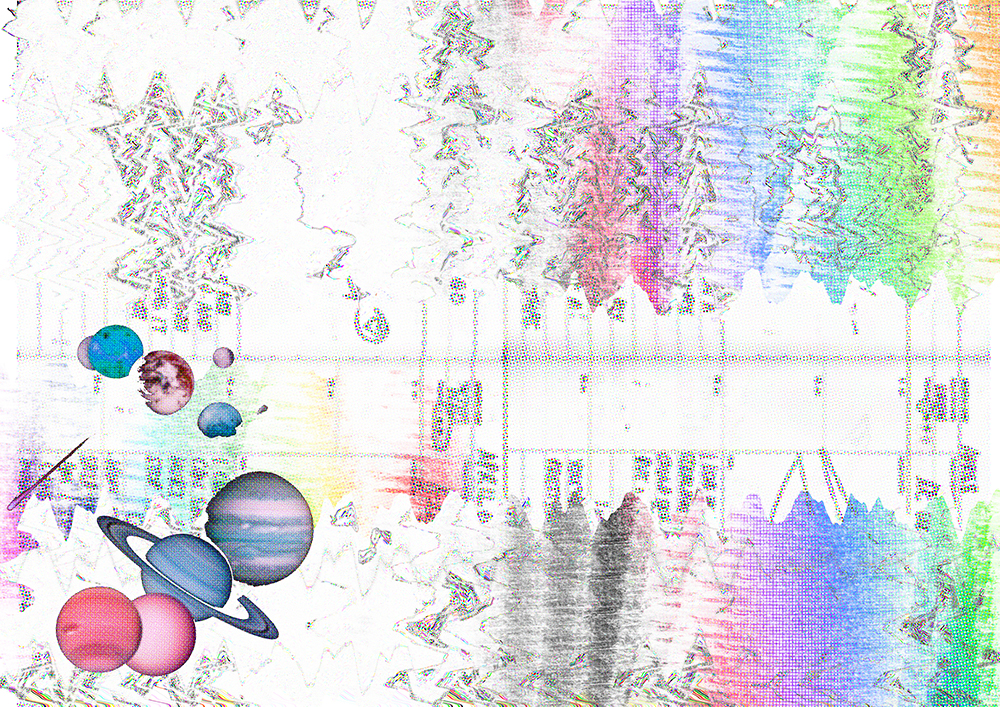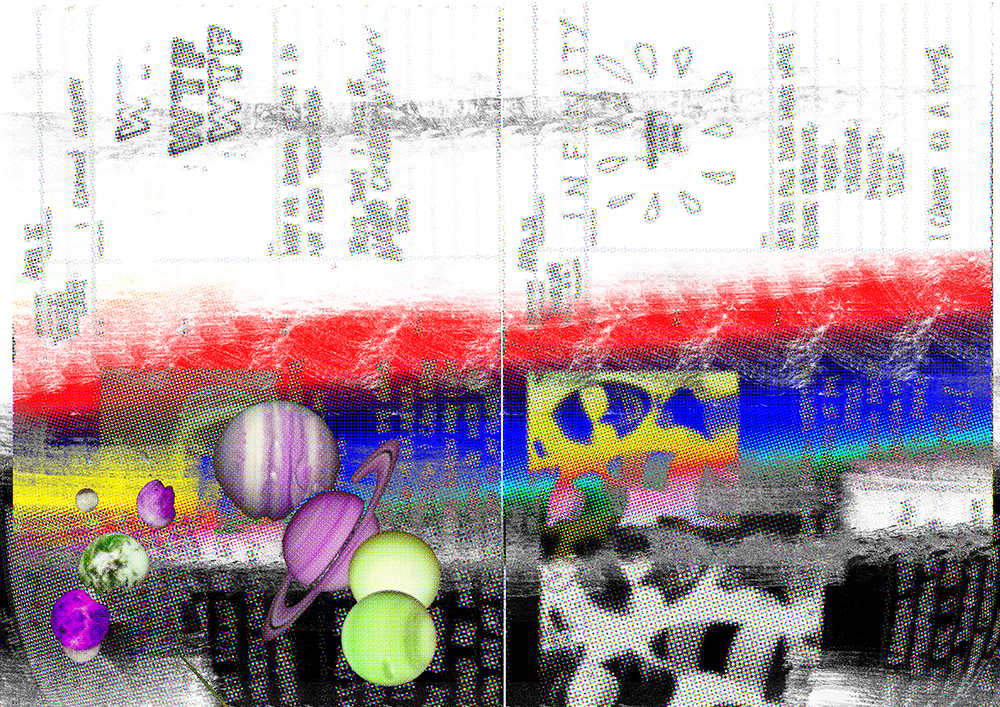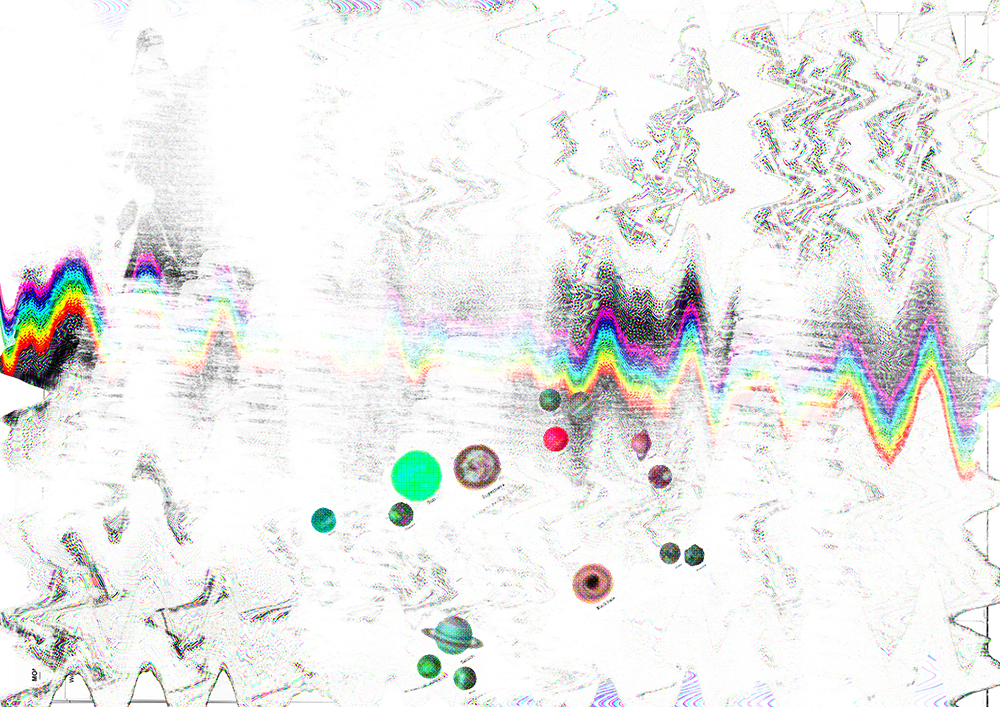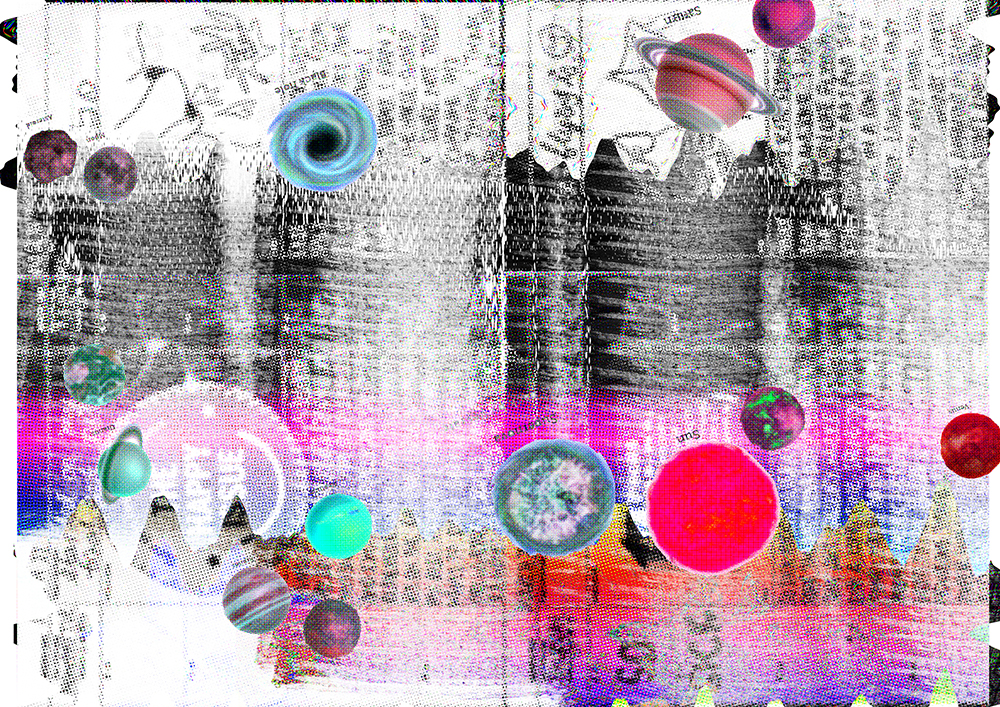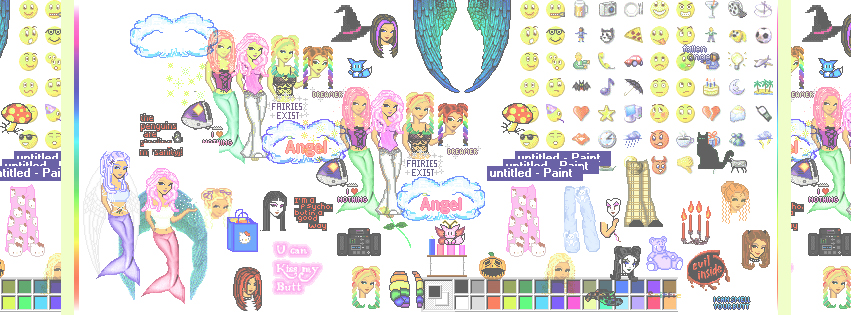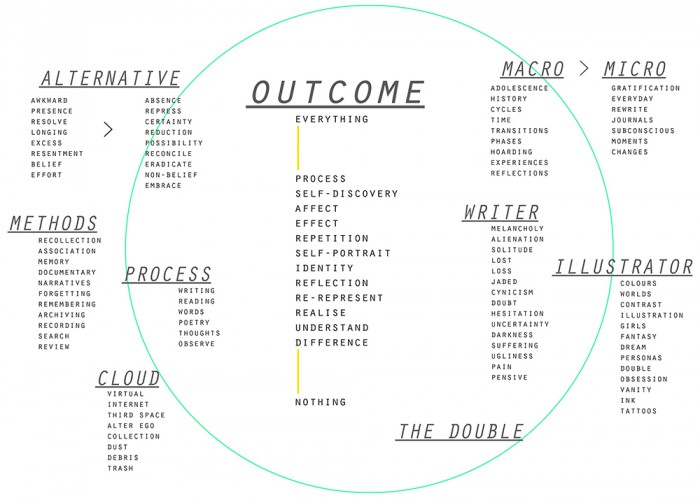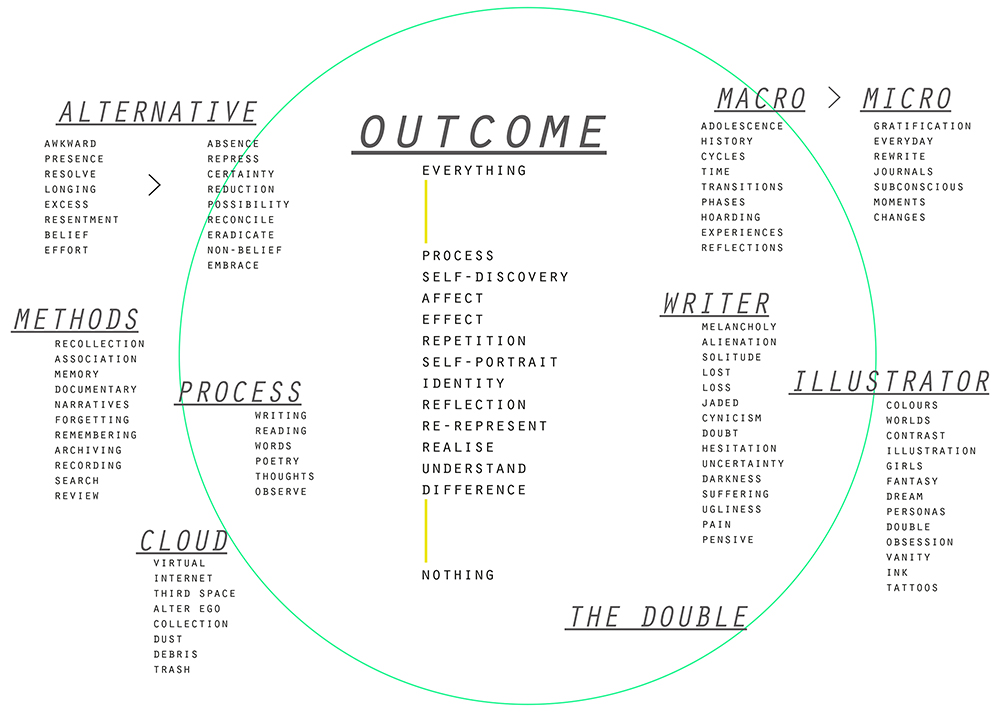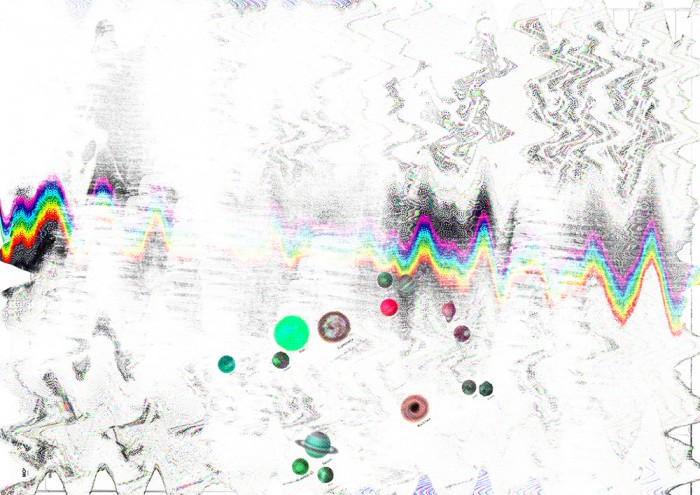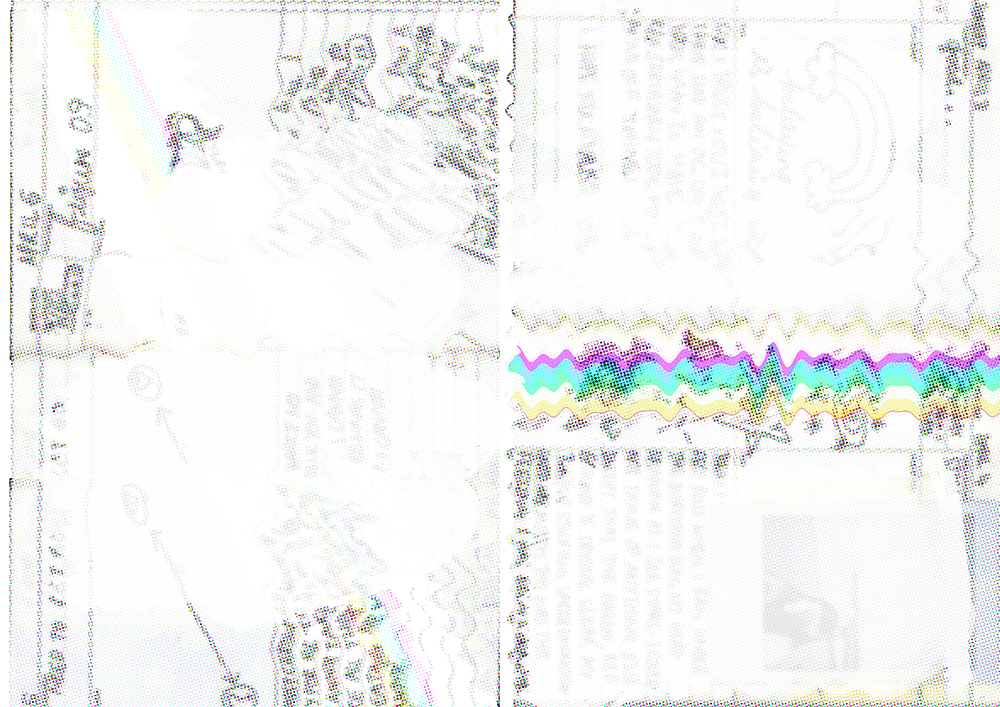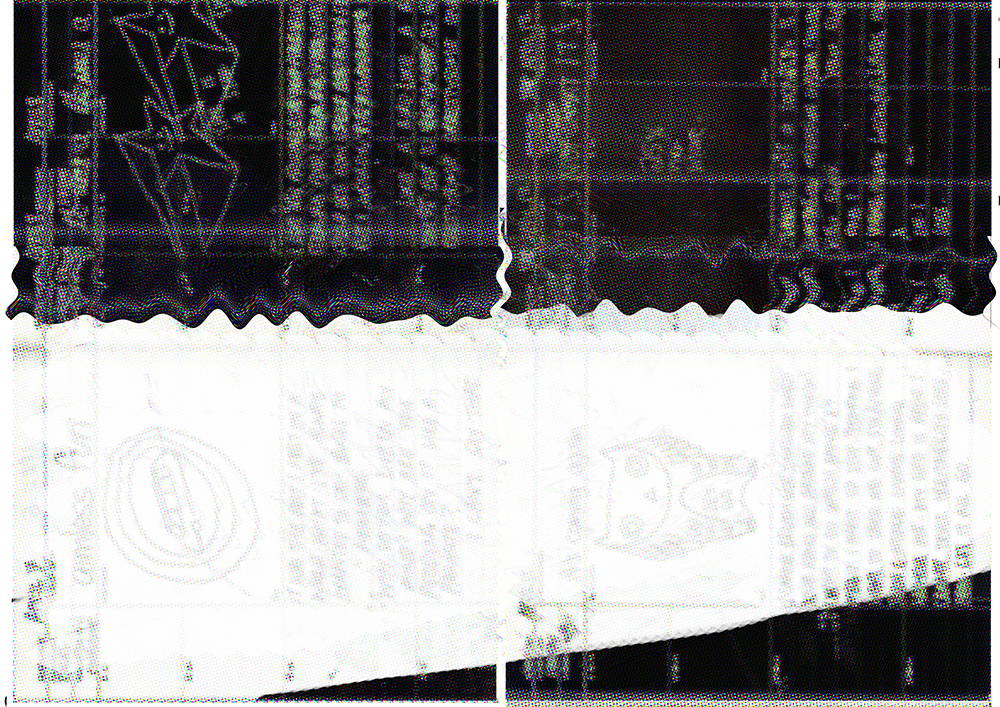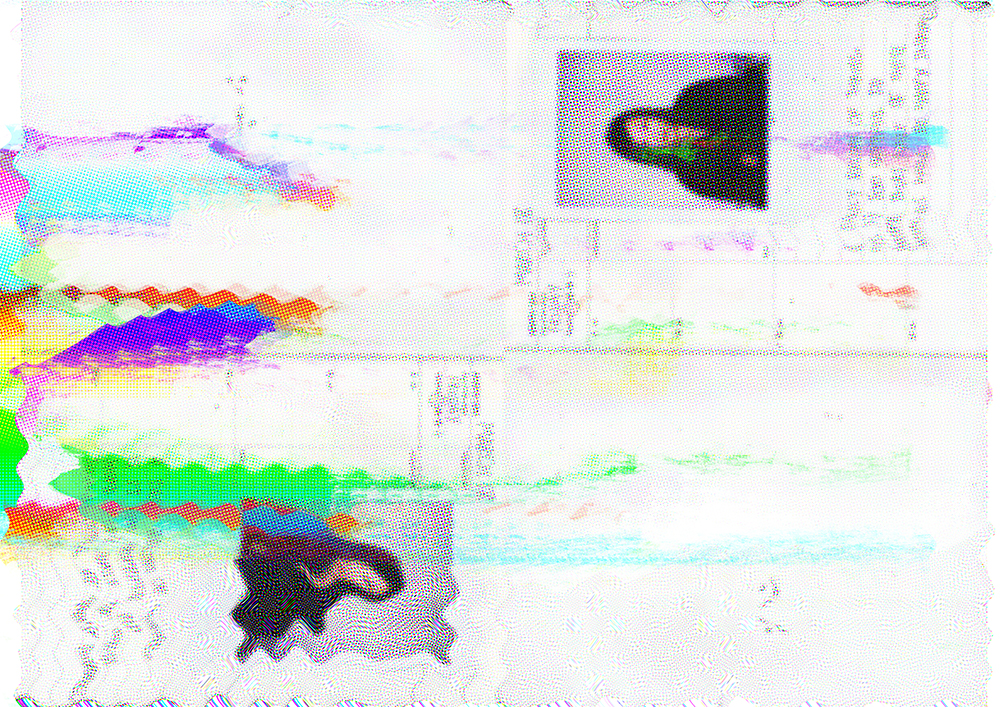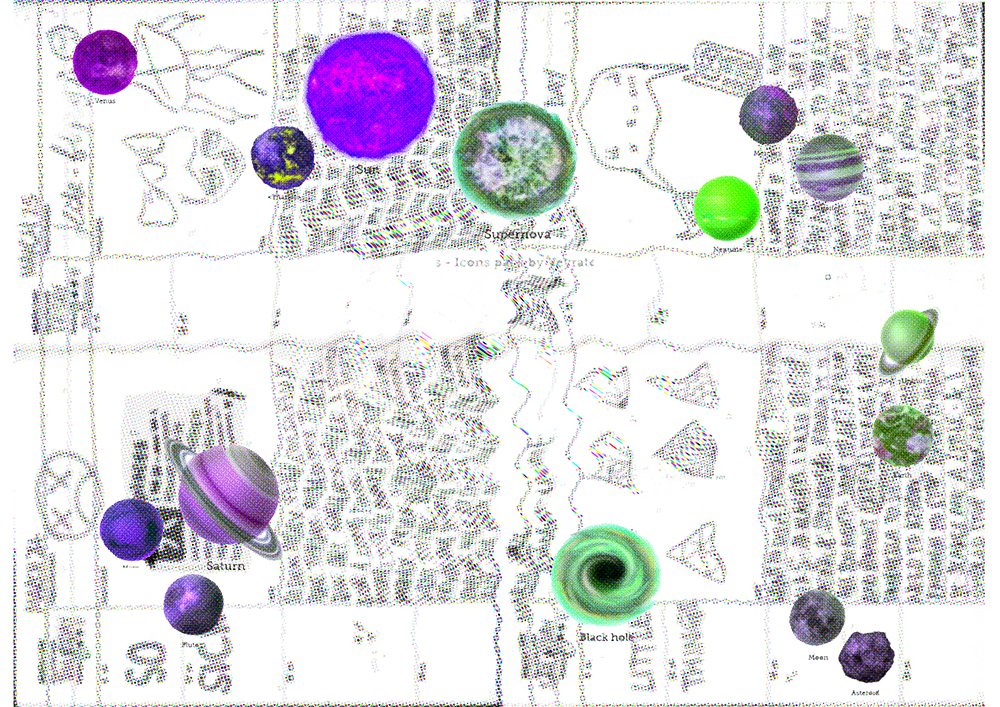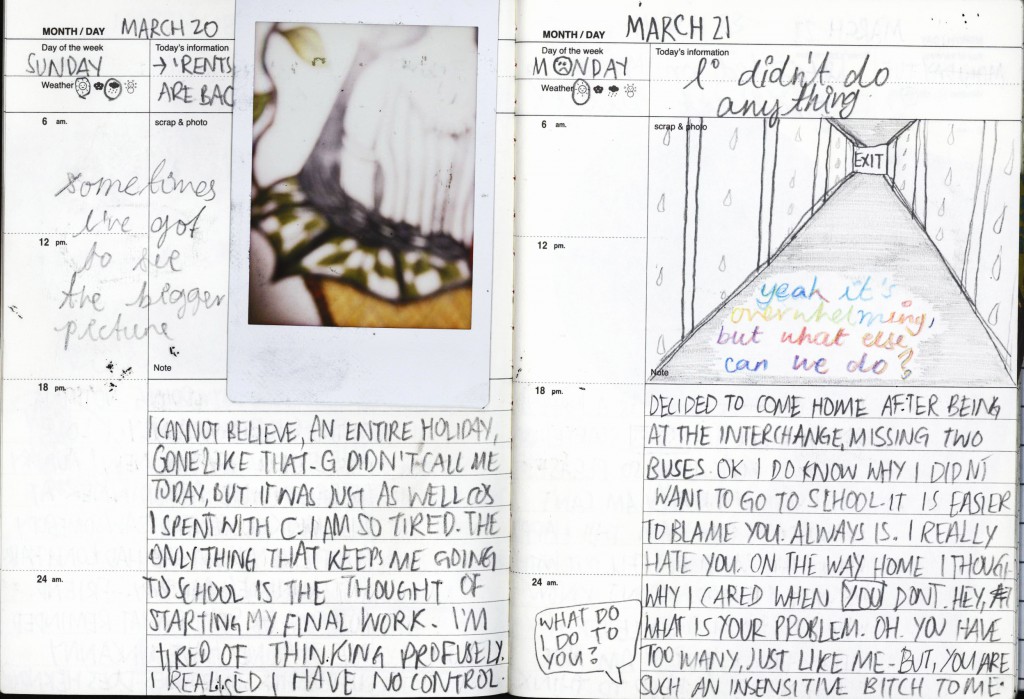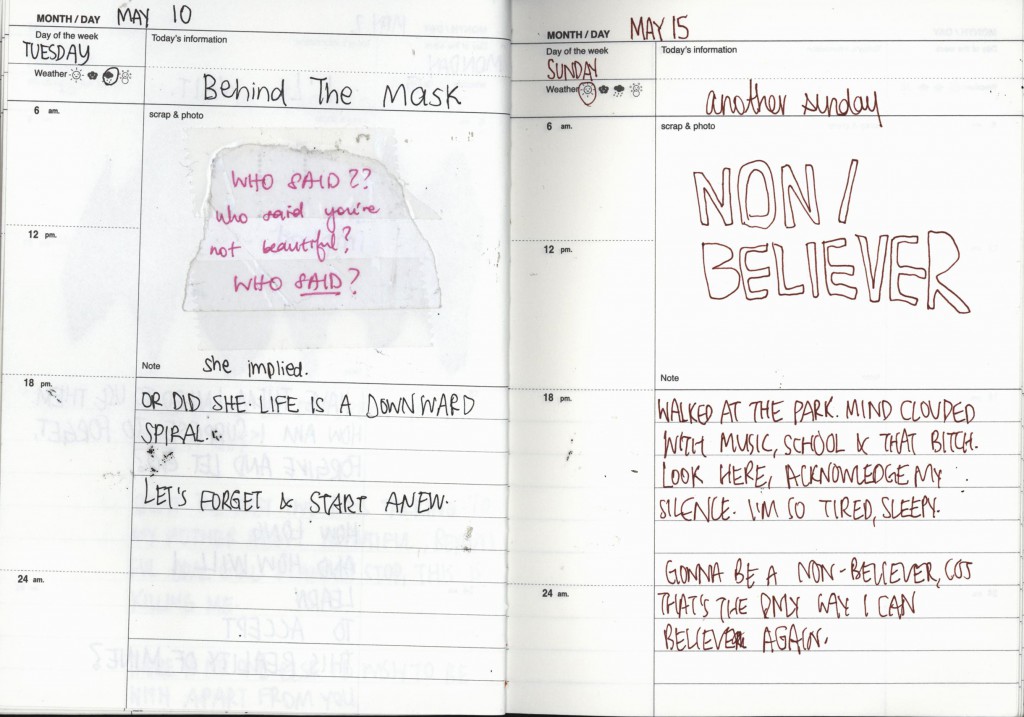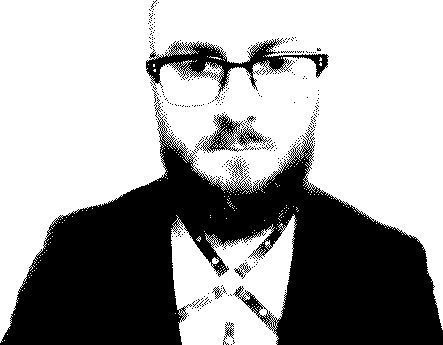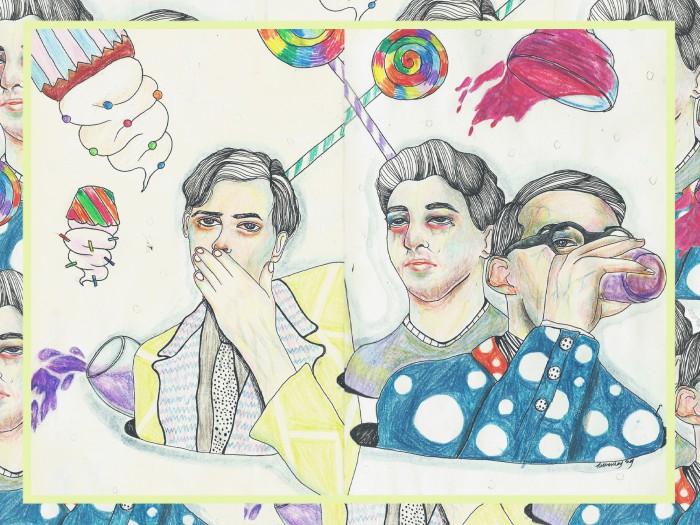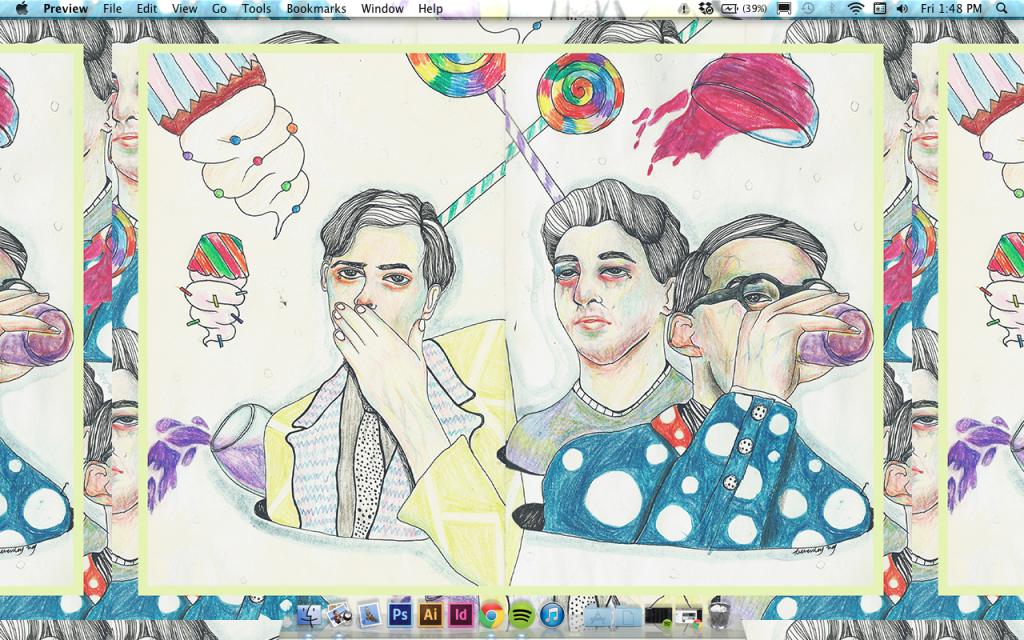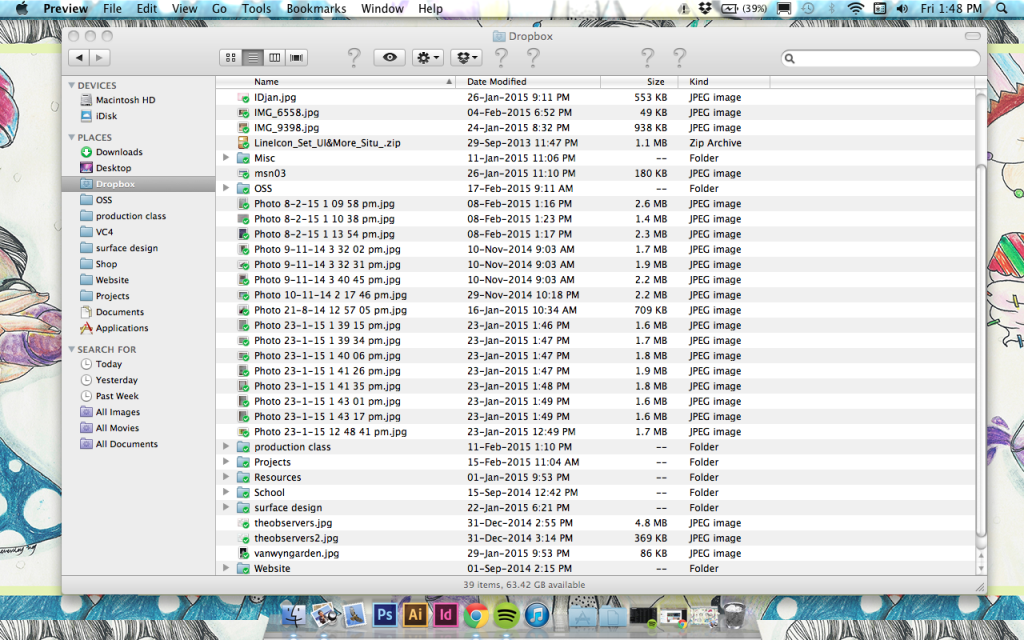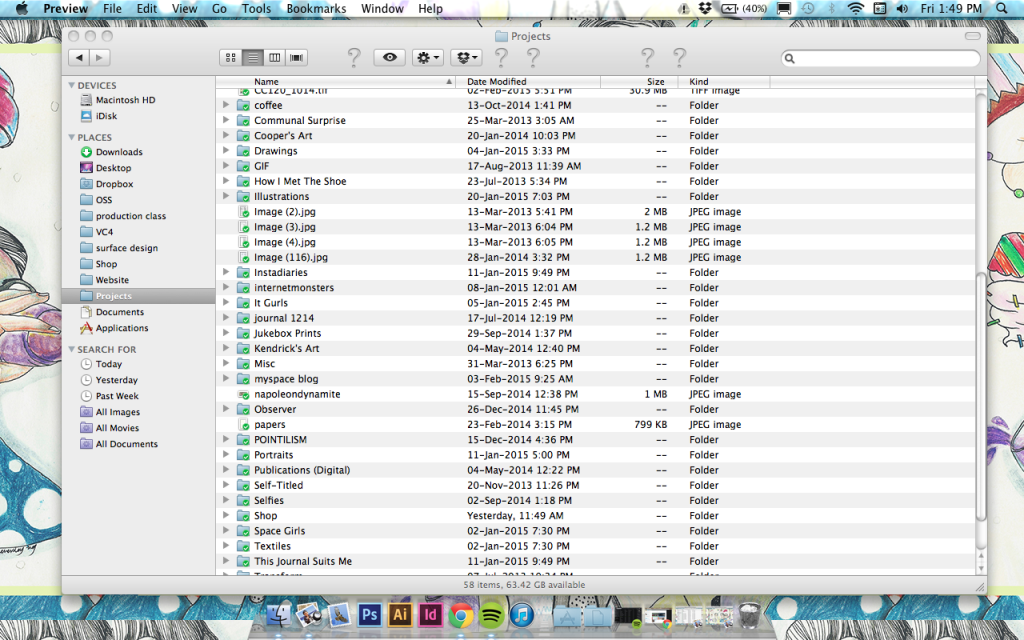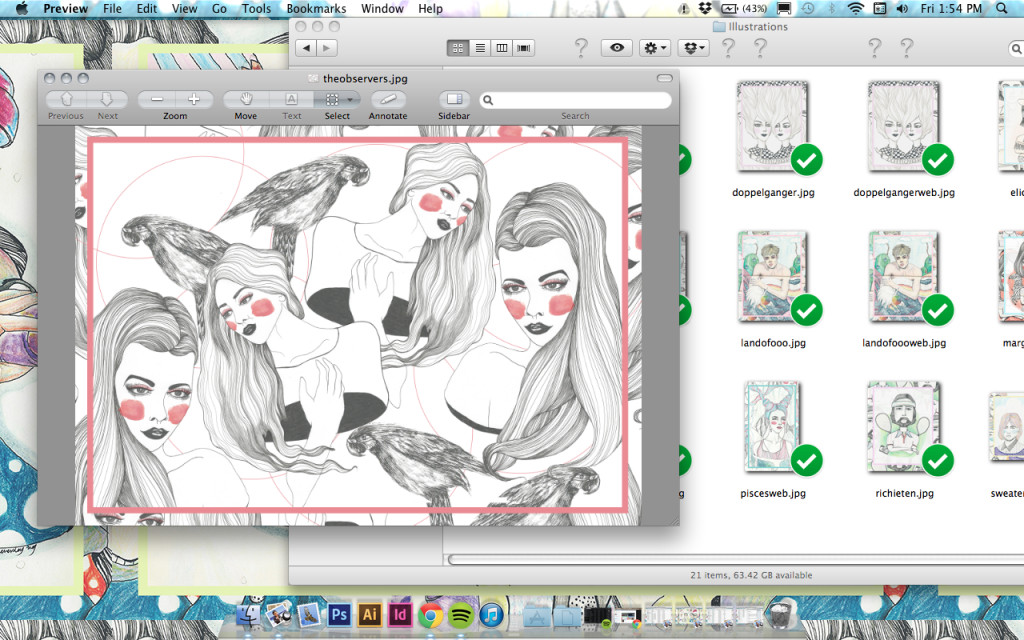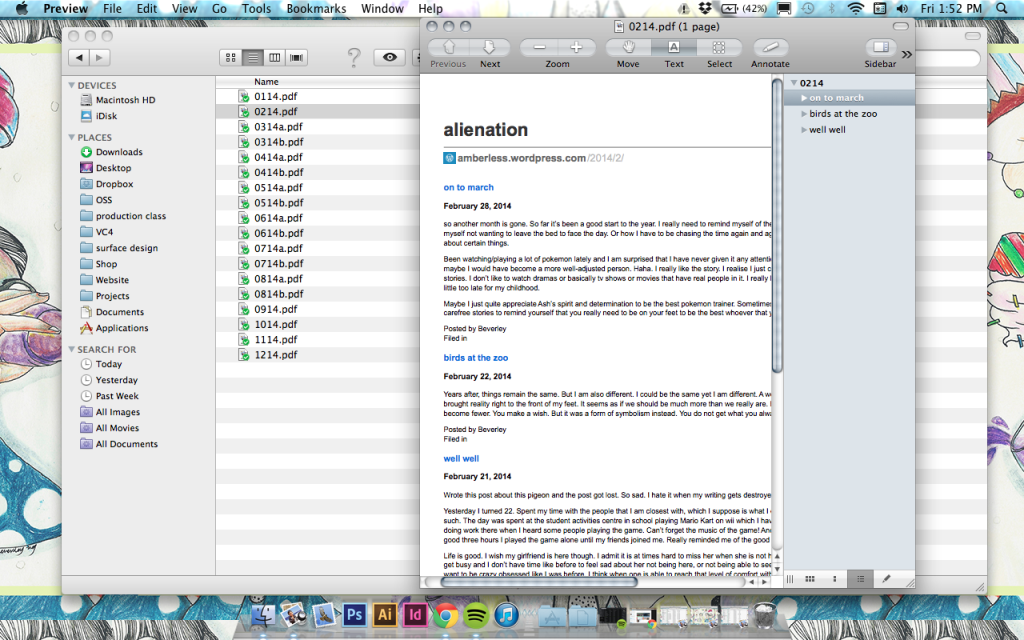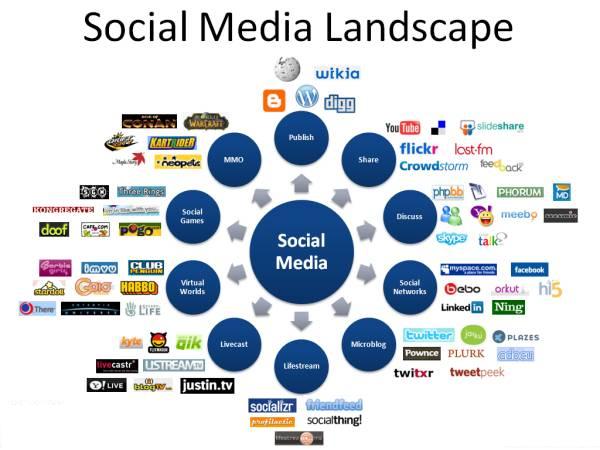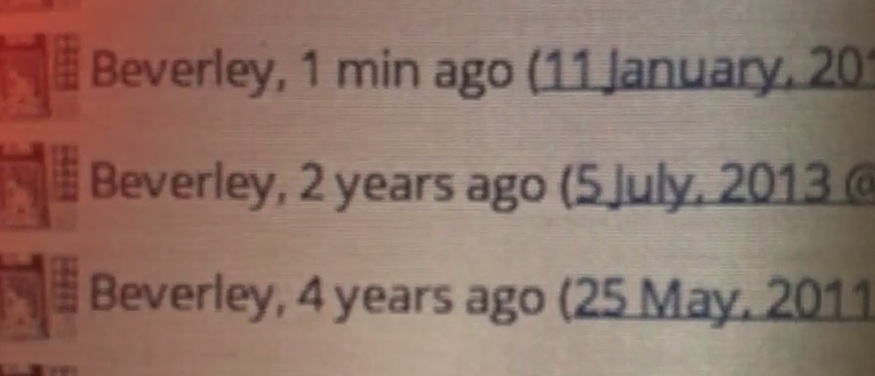
Before the YouTube personality existed, there was JenniCam. Jennifer is a true Internet personality, even before the term was used extensively. The project JenniCam offers viewers uninhibited views into Jennifer’s private world. In Steve Dixon’s essay on webcams as surveillance, he defines the webcam as a kind of “documentary realism” which is very relevant to what Jennifer is doing with her webcam. This realism involves uncensored views into her world, capturing footages that ranges from the mundane to the sexual. Raw footages like this are unedited and shared publicly with an unknown audience.
JenniCam is an important example that illustrates this idea of vulnerability and authenticity expressed in Annie Abraham’s essay:
“In a society where authenticity and privacy become endangered it is important to find ways to access our vulnerabilities and doubts, to make them public, to cherish our messy side. We need to make space for the beast in the beauty, to go back to reality, to claim the human. “We need to trap reality in order to make it available for thought.”
Indeed, the JenniCam archives must be quite an interesting collection of personal history for Jennifer. Her willingness to be so open in capturing herself in moments that are usually very awkward for most of us to face (like pleasuring herself sexually, or not having makeup on the face, looking extremely messy and plain sometimes) is a daring move in attempting to record her daily life down to these raw and vulnerable details. This authenticity also gives the JenniCam project a sort of endearing quality even, in the realm of Internet personalities and virtual fame. I would like to illustrate this point by referring to the idea of webcam falsities and fictions. JenniCam begin merely as a form of communication between Jennifer and her mother, so her mother could see what she was up to in her dorm at school. Jennifer’s deadpan honesty about the practical use of her webcam and her declaration of not being “an entertainer” gives the project a very real and human quality that sets her apart from many webcam/virtual personalities that soon follow after her.
